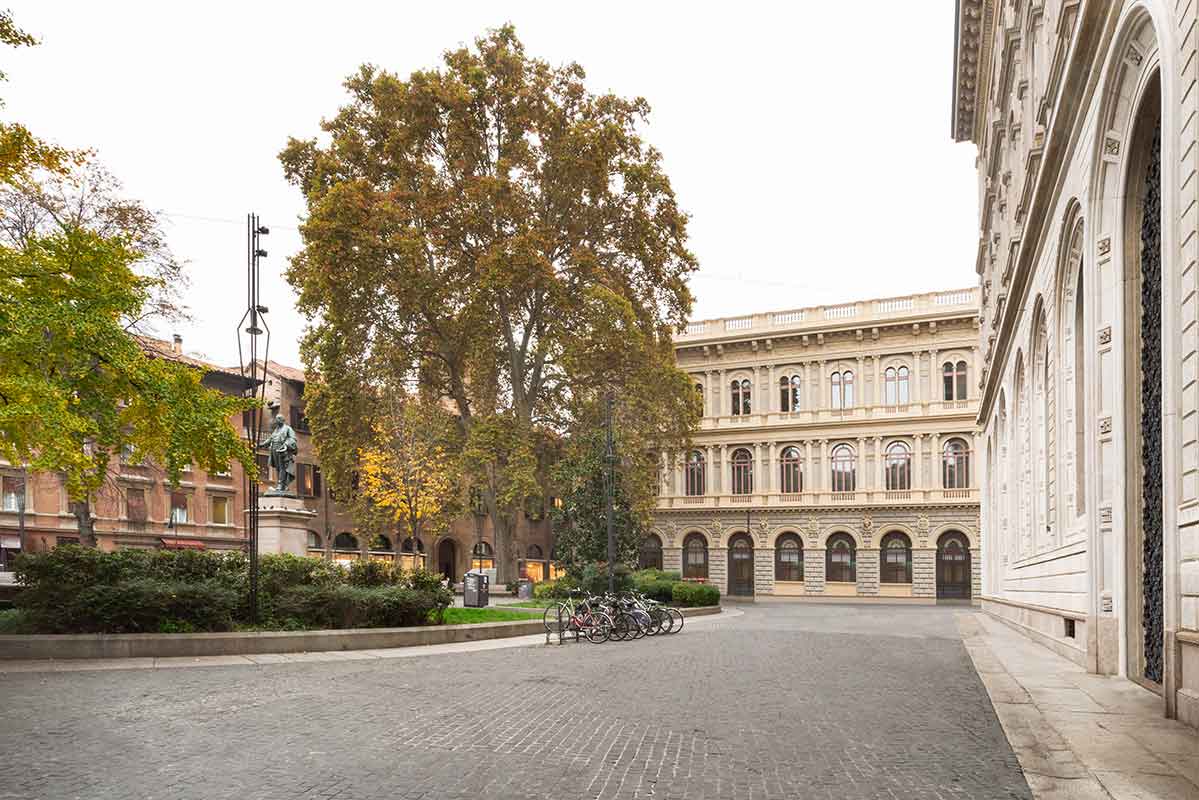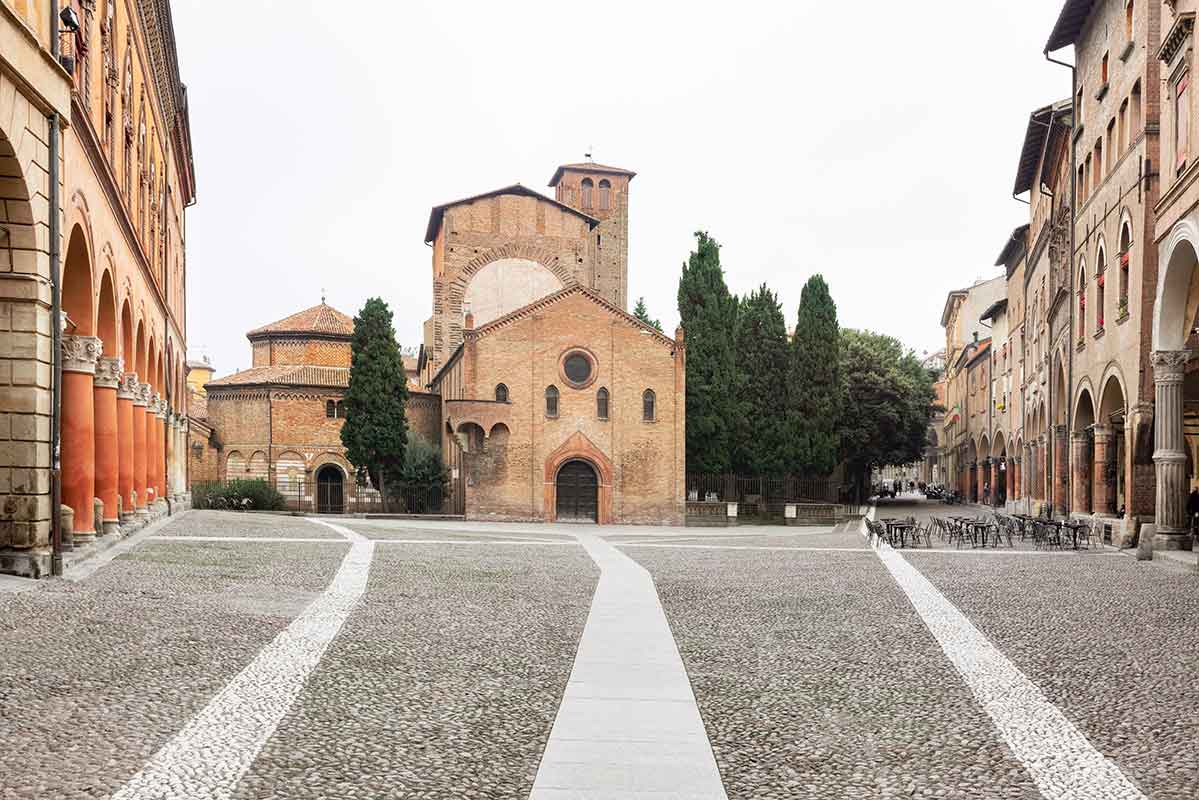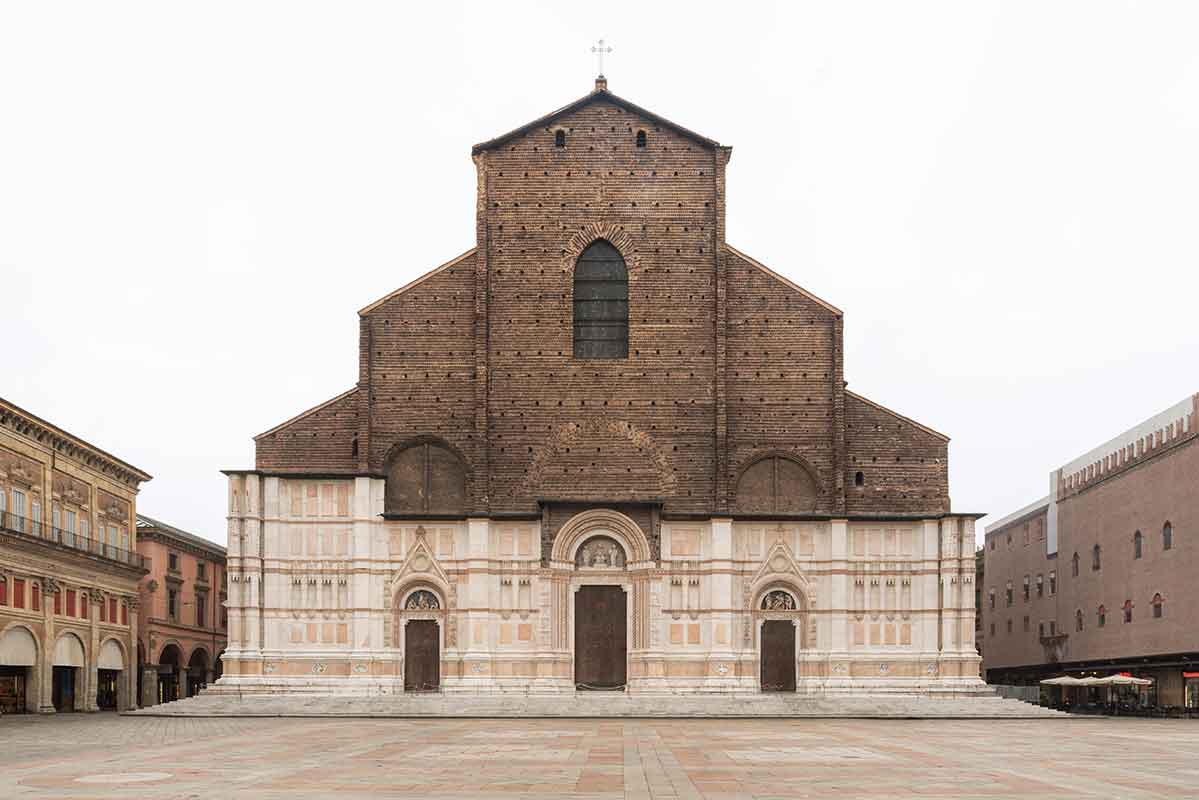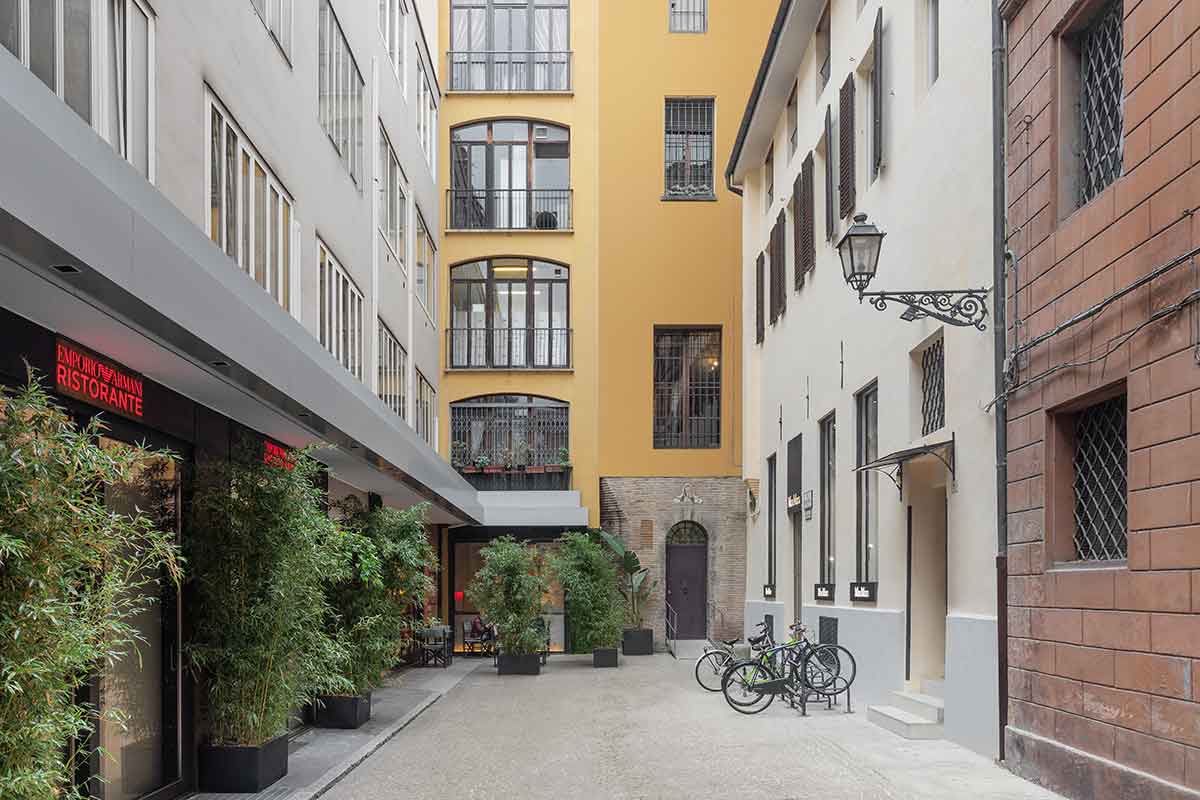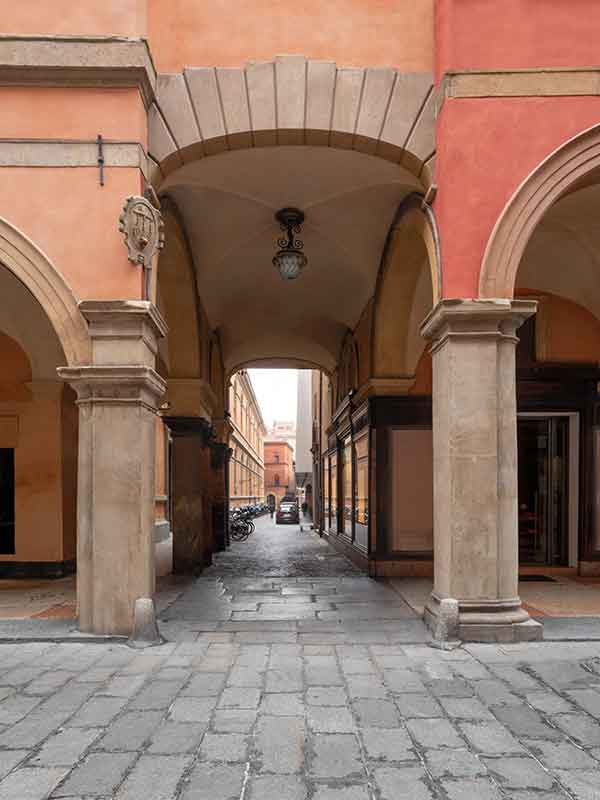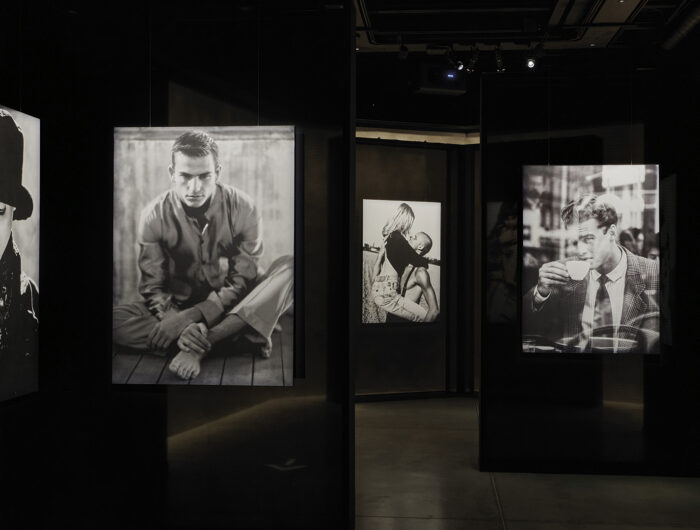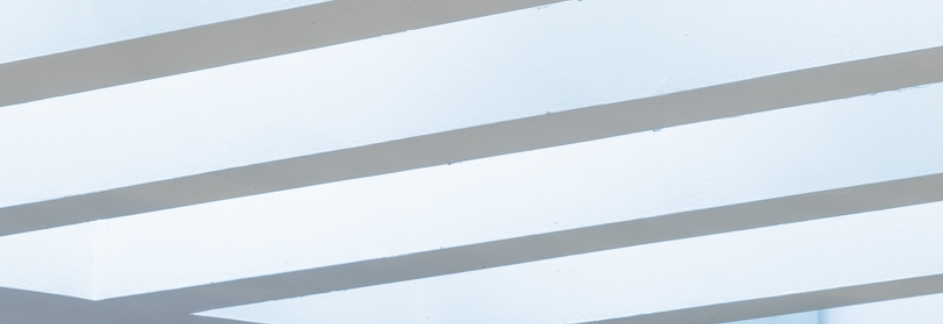GALLERIA CAVOUR 1959
INFO
Galleria Cavour 1959 is the heart of the most historical, authentic and still profoundly live Bologna. It is the place where art, culture, education, commerce and conviviality intersect. It represents the Bologna of shopping with the most important and sought-after brands but it is also found at the centre of the medieval city at a stone’s throw from the Archiginnasio and from the archaeological museum, between markets and centuries’ old but still palpitating artisinal workshops. It is a casket with porticoed streets, squares, churches and buildings that make Bologna unique in the world.
Where we are
Via Massei 1, Bologna
Galleria Cavour 1959 is:
2 km from Bologna Central Station
7.4 km from Marconi Airport, which is connected to the city center by both the innovative People Mover (5 minutes) and the Aerobus (35 minutes)
Map
Located in the heart of Bologna, Galleria Cavour 1959 is the ideal place for those seeking an unforgettable shopping experience. Our map will help you find your way around the Galleria’s exclusive stores, restaurants and services. Whether you are looking for the latest fashion trends, a gastronomic break or a high-quality wellness break in the Terrazza Green, you will find everything you want in Galleria Cavour 1959.
Plan your visit and have an unforgettable shopping experience!

Parkings
San Martino Parking
Exclusively for those who will shop in Galleria Cavour, it is possible to park, while spaces last, without paying the permit to enter the historic center (6€).
It will be necessary to show a purchase receipt in one of our boutiques to take advantage of the discount.
Autosystem
Vicolo San Damiano/Piazza Minghetti (200 m from the Galleria)
Garage del Commercio
Piazza Galvani 2 (50m from the Gallery)
These three parking lots also grant permission for non-residents to enter the historic center.
Staveco Parking
Viale Enrico Panzacchi, 10 (750m from the Galleria)
The latter, on the other hand, not being inside the walls, does not require a ZTL permit
Due Torri Parking
Via Zamboni, 16 (Bologna)
Taxi
Fermo taxi Piazza Cavour
Fermo taxi Piazza Maggiore
COTABO
tel. +39 051 37 37 27
SACA NCC
tel. +39 051 634 94 00
E-Bike Station
Galvani Square corner of Farini Street,
Piazza di Porta Castiglione corner of Viale XII Giugno
Electric car charging points
Piazza Galvani corner Via Farini,
Piazza di Porta Castiglione corner of Viale XII Giugno
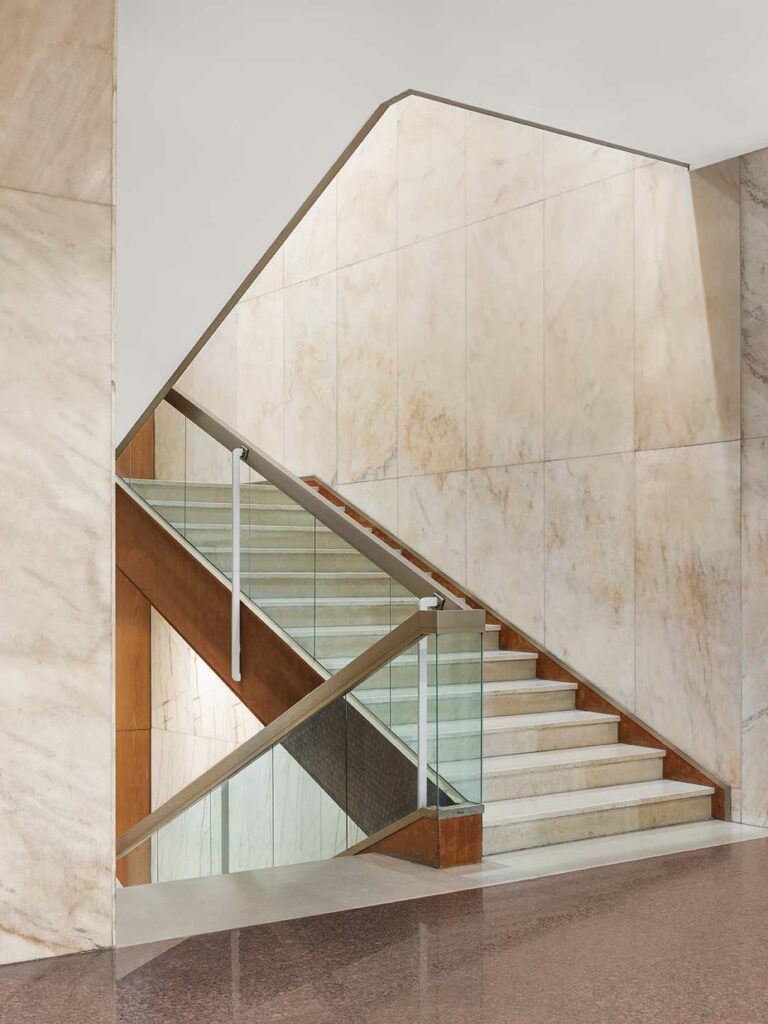
Accessibility
Galleria Cavour 1959 is a totally accessible place for everyone as it is develops mainly on the ground floor. To access the Green Terrace there are available two elevators, to use them please contact the concierge, Via Massei 1 .


